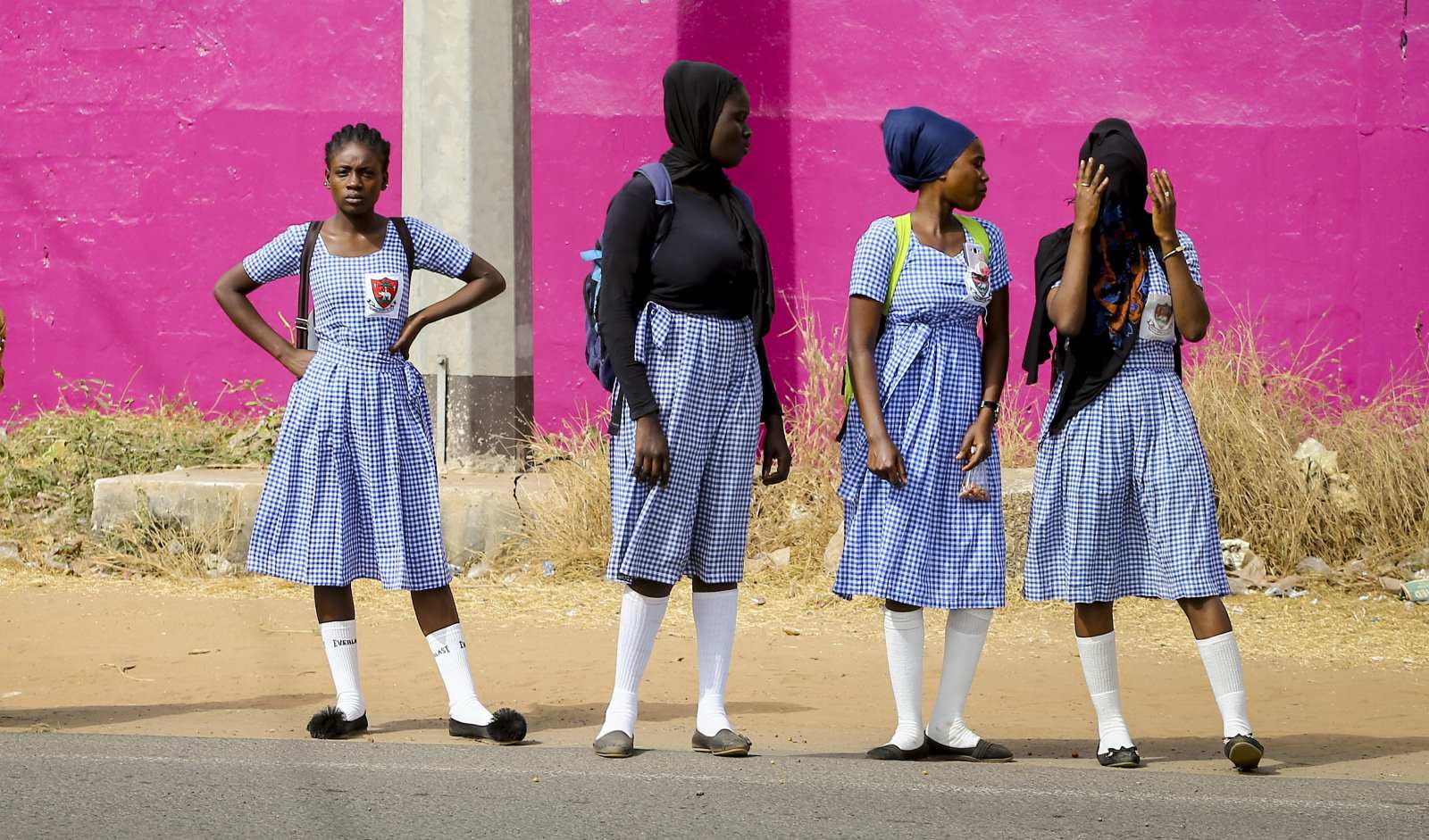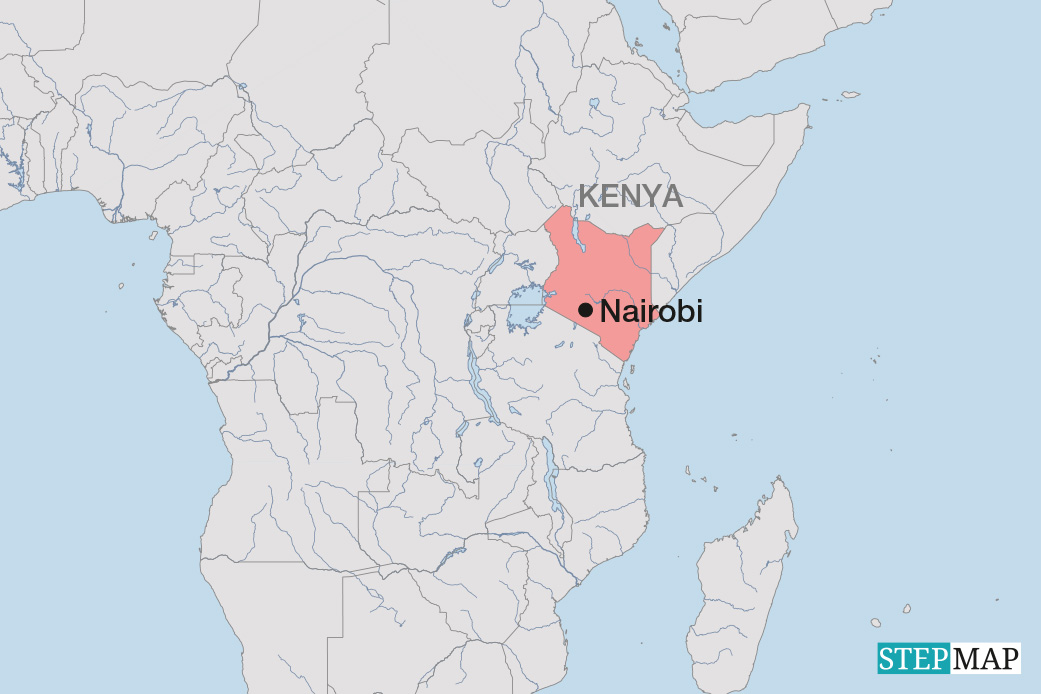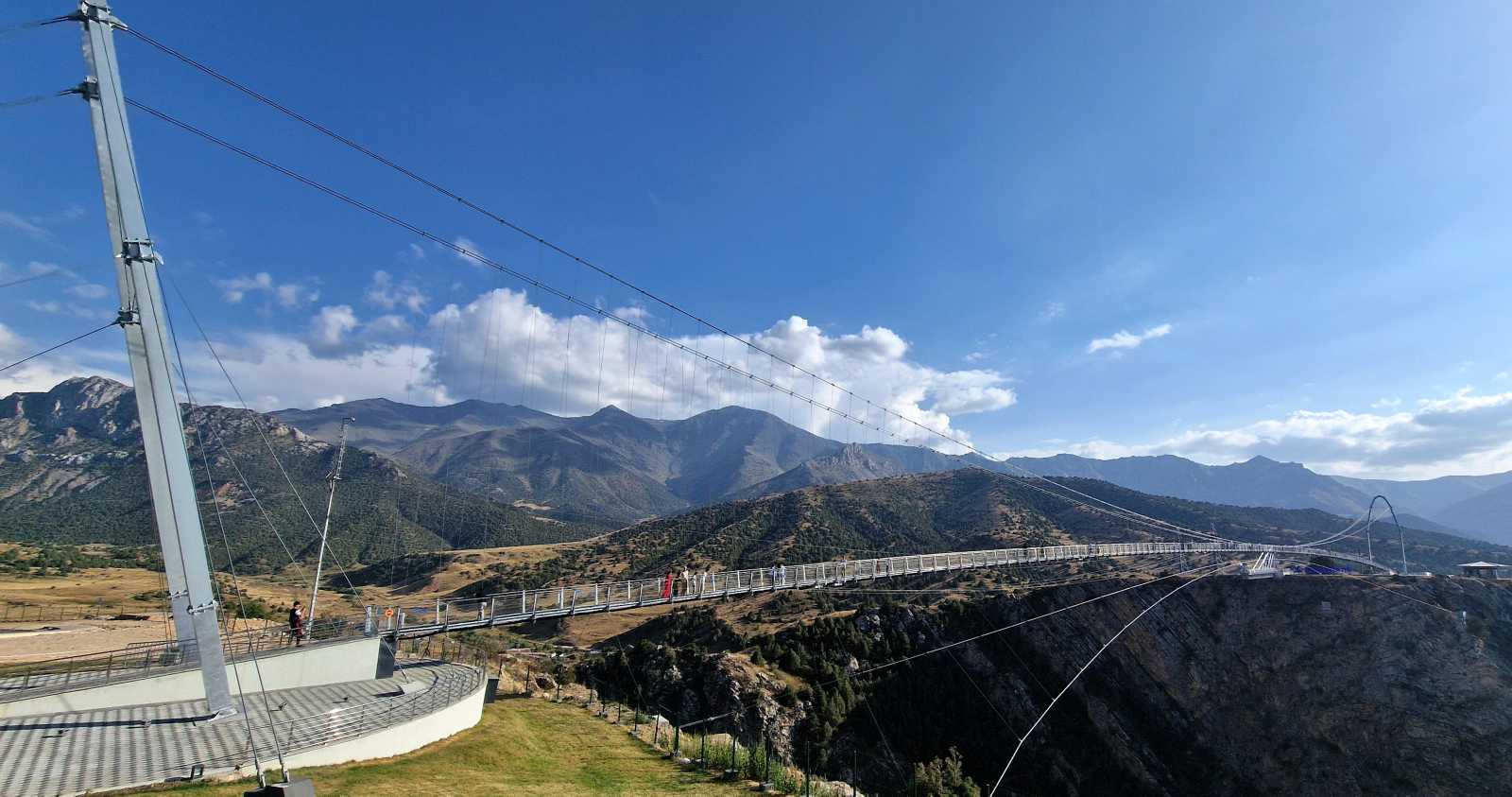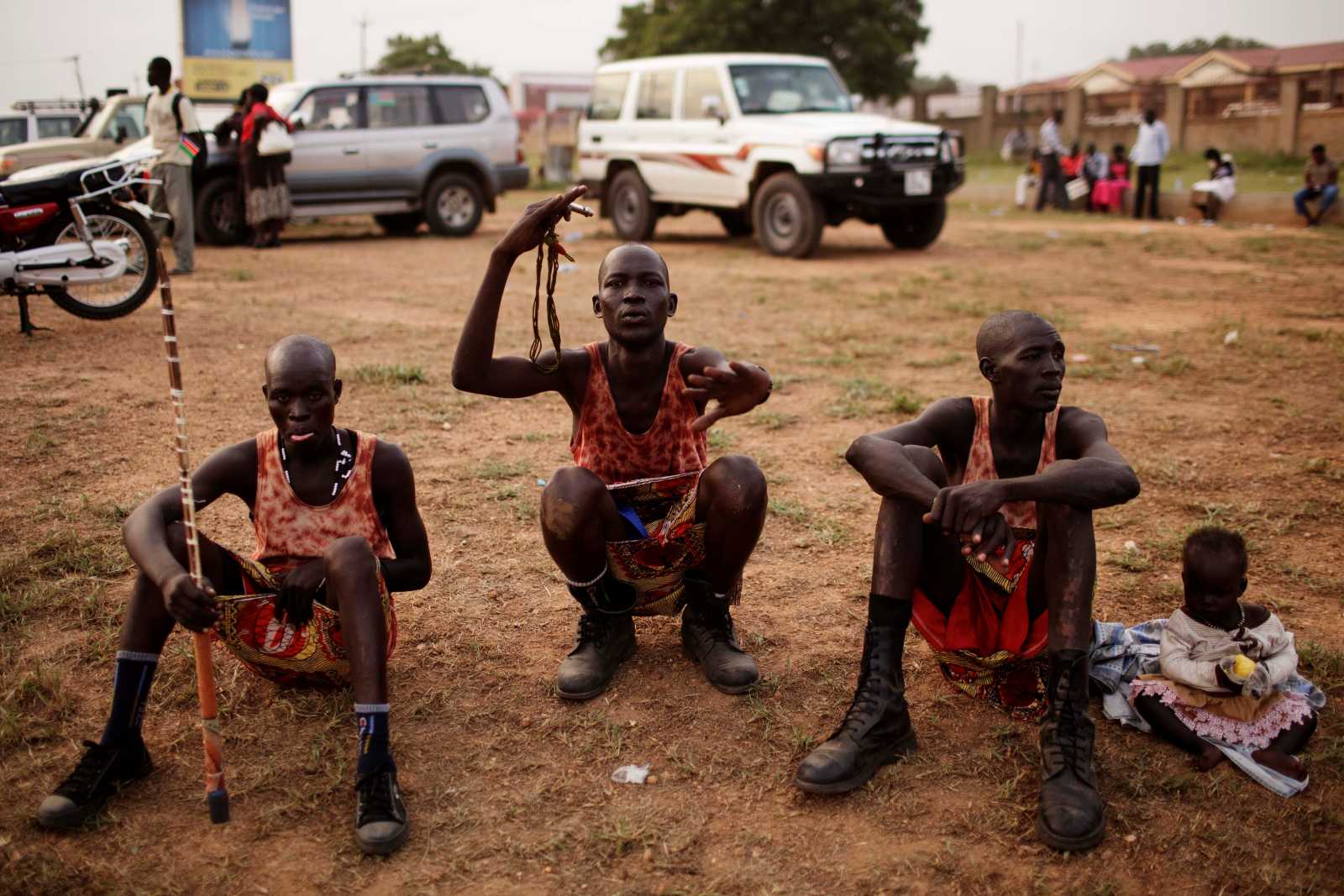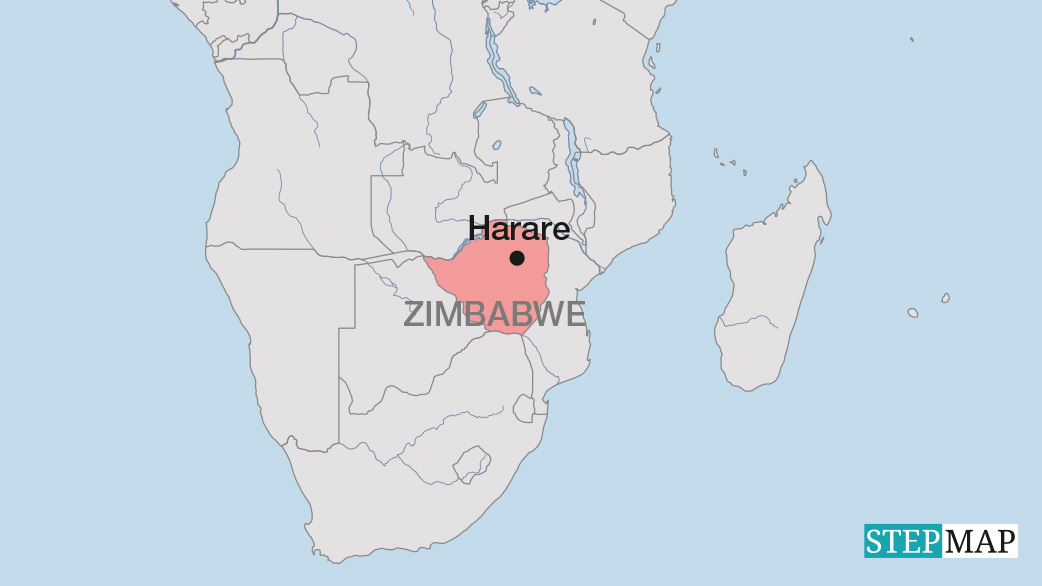Repression
Student movements in India face growing government scrutiny
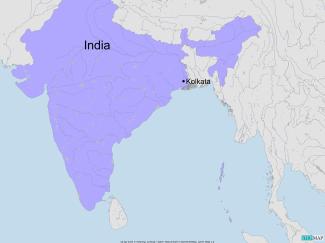
At Jadavpur University in Kolkata, tensions recently escalated between students and professors affiliated with the West Bengal College and University Professors’ Association (WBCUPA), a body aligned with the ruling Trinamool Congress (TMC) party in West Bengal. Students had organised a protest demanding the reinstatement of student-union elections, which have been suspended for five years. They also raised concerns over the university’s deteriorating infrastructure and the impact of ongoing budget cuts.
The protest was not authorised, and the response from the academic staff turned confrontational. Many students were assaulted, injured and some hospitalised. A first-year student was reportedly struck by a car of Bratya Basu, education minister of West Bengal, professor and public figure. In turn, the WBCUPA accused the students of going on a rampage inside its venue on the campus.
The events at Jadavpur sparked solidarity protests at universities across the country, many of which led to arrests and detentions. The situation highlights the increasing political focus on student activism. On the one hand, ruling parties such as the Bharatiya Janata Party (BJP) and TMC often accuse left-wing organisations of inciting unrest. On the other hand, student groups are frequently labelled “anti-national” or “terrorist” by ministers, party supporters and parts of the media.
A prominent news channel went so far as to falsely claim that students at Jadavpur University had ties to terrorist groups. The university has a long history of left-leaning student activism and has become a recurring target of both state and central authorities.
Student participation in political discourse has increased in recent years but so has intolerance towards it. During protests against the Citizenship Amendment Act (CAA) and the National Register of Citizens (NRC) in 2019, police forces entered the Jamia Millia Islamia University library in New Delhi. Around 200 students were injured. Other universities, including Jawaharlal Nehru University, Delhi University and the Film and Television Institute of India, have witnessed similar incidents.
Indian legislation allows repressive government control over freedom of expression. The Unlawful Activities (Prevention) Act (UAPA), originally introduced in 1967 to combat threats to national integrity, is now frequently used to suppress protest. The use of UAPA has grown significantly since the BJP came to power in 2014 under Prime Minister Narendra Modi.
Student protests have emerged around a range of issues in recent years – education reform, CAA-NRC, farmers’ rights and more. In many cases, students, scholars and activists have been arrested and imprisoned for taking part.
With ongoing global shocks such as post Covid-19 pandemic recovery, Russia’s war of aggression in Ukraine and now the Trump presidency in the US, India is bound to face more challenges. The trend of crumbling infrastructure, budget cuts, youth unemployment, privatisation of higher education and many more problems will continue to enrage the masses and lead to protests. The answer cannot be the excessive use of state power. A democratic response would involve engaging with these concerns directly, rather than criminalising those who raise them.
Arun P. Ghosh is the pseudonym that the editorial team of D+C has given our Indian author for obvious reasons.
euz.editor@dandc.eu


